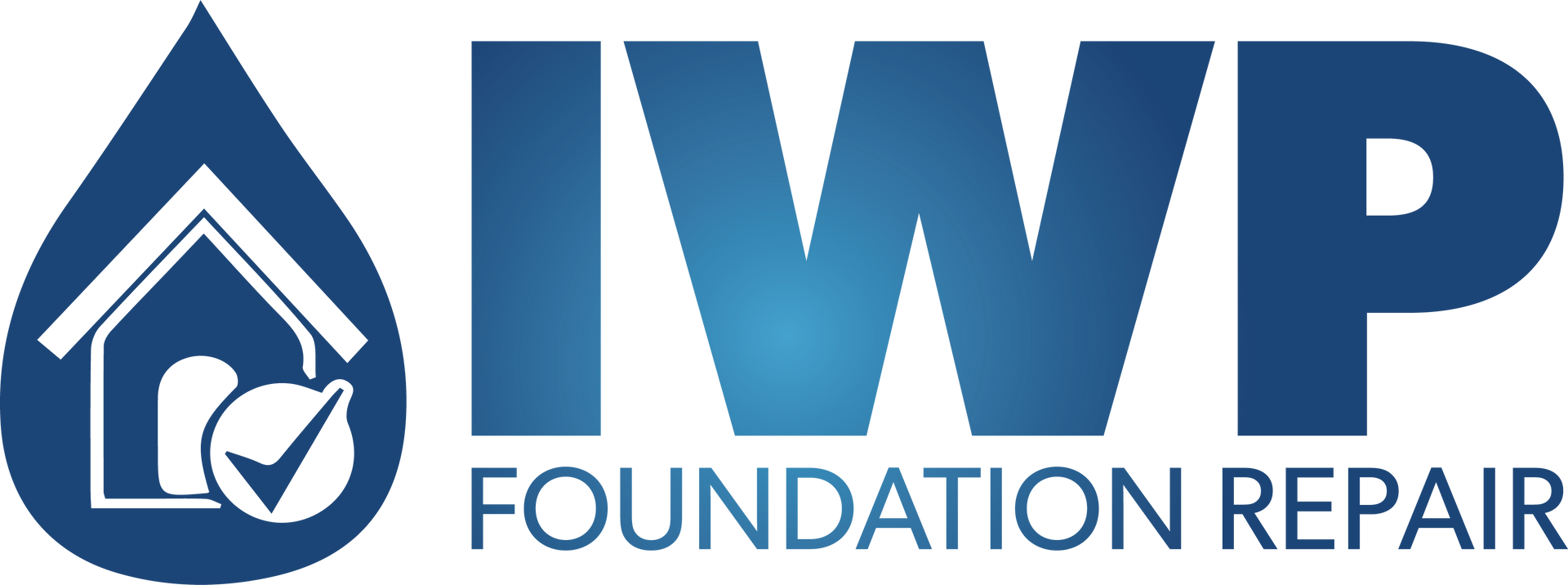Identifying Common Symptoms of Basement Leaks
A leaky basement is a homeowner's nightmare. It not only damages your property but also poses health risks and can lead to costly repairs. Recognizing the common symptoms of basement leaks early on is crucial to addressing the issue effectively. In this blog, we'll explore some of the most common signs of basement leaks and discuss how waterproofing can be the solution to your woes.
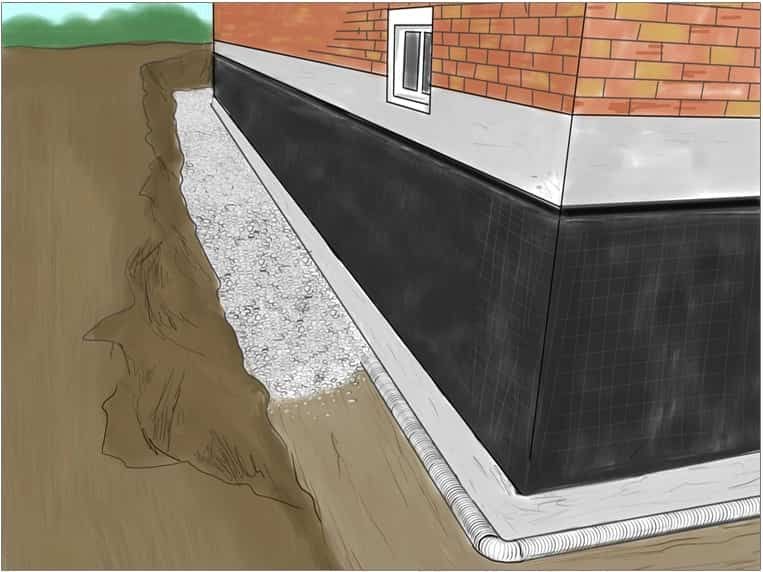
Common Symptoms of Basement Leaks
- Damp or Musty Odors: One of the first signs of a basement leak is a persistent musty smell. This odor is often caused by the growth of mold and mildew in damp conditions. If you notice this smell in your basement, it's a clear indication of moisture intrusion.
- Visible Water Stains: Water stains on walls or floors are a telltale sign of a basement leak. These stains may appear as discolorations, streaks, or patches on surface and are typically more visible after rain or when there's high humidity.
- Peeling Paint or Wallpaper: Excess moisture can cause paint to peel and wallpaper to loosen. If you see these signs in your basement, its a strong indication of water infiltration.
- Efflorescence: Efflorescence is a white, powdery substance that forms on concrete or masonry surfaces when water evaporates. leaving behind mineral deposits. It often appears in areas where water has penetrated through the walls.
- Cracks in Walls or Floors: Over time, water pressure can cause cracks to form in basement walls or floors. These cracks may start small but can worsen if left untreated.
- Puddles or Standing Water: The most obvious sing of a basement leak is the presence of puddles or standing water, especially after rainfall. This is a clear indication that water is seeping into your basement.
How Waterproofing Can Fix Basement Leaks
Now that we've identified some common symptoms of basement leaks, let's explore how waterproofing can effectively address these issues:
- Interior Waterproofing: Interior waterproofing methods involve addressing the problem from the inside of the basement. This typically includes the installation of drainage systems, sump pumps, and the application of waterproof coatings or sealants to the interior walls and floors. These measures redirect water away from the basement, preventing further damage.
- Exterior Waterproofing: Exterior waterproofing focuses on preventing water from entering the basement in the first place. This involves excavating around the foundation, applying water proof membranes, and ensuring proper drainage away from the house. Exterior waterproofing is a more comprehensive solution and is often recommended for severe cases of basement leaks.
- French Drains: French drains are a common component of basement waterproofing systems. They are designed to collect and redirect groundwater away from the foundation, reducing hydrostatic pressures and preventing leaks.
- Crack Repair: Waterproofing professionals can identify and repair cracks in basement walls and floors, preventing water from seeping through these openings.
- Mold and Mildew Remediation: Waterproofing often includes mold and mildew remediation to eliminate existing growth and prevent future infestations, improving indoor air quality.
Ignoring the common symptoms of basement leaks can lead to extensive damage, costly repairs, and health concerns. Waterproofing is the most effective way to address basement leaks and prevent further issues. Whether you opt for interior or exterior waterproofing methods, it's essential to consult with a professional to assess your specific situation and recommend the best course of action. Don't wait until your basement problems escalate; take proactive steps to protect your home and your family from the damaging effects of basement leaks.
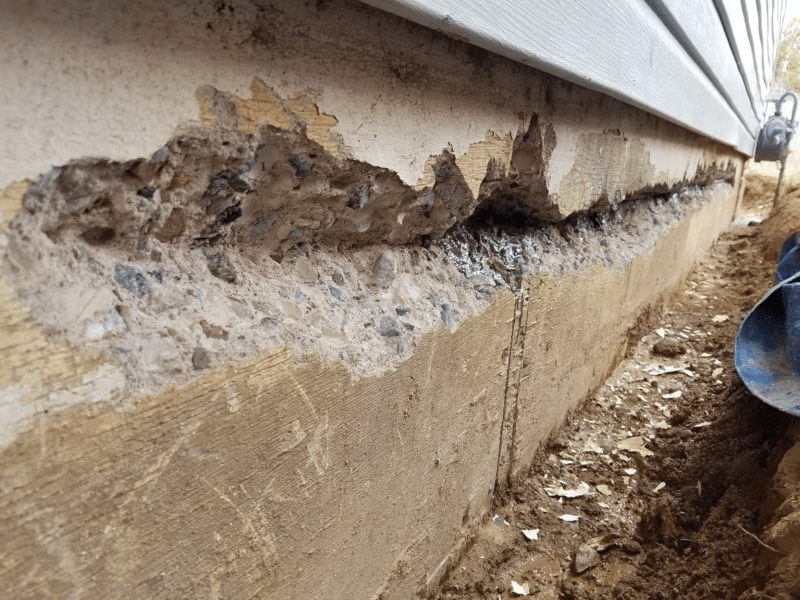
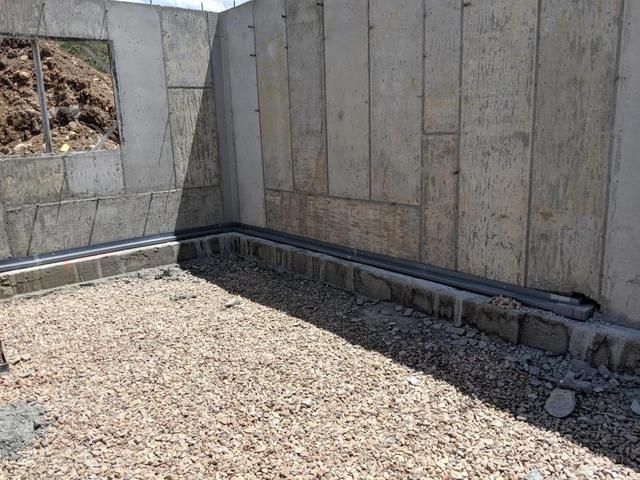


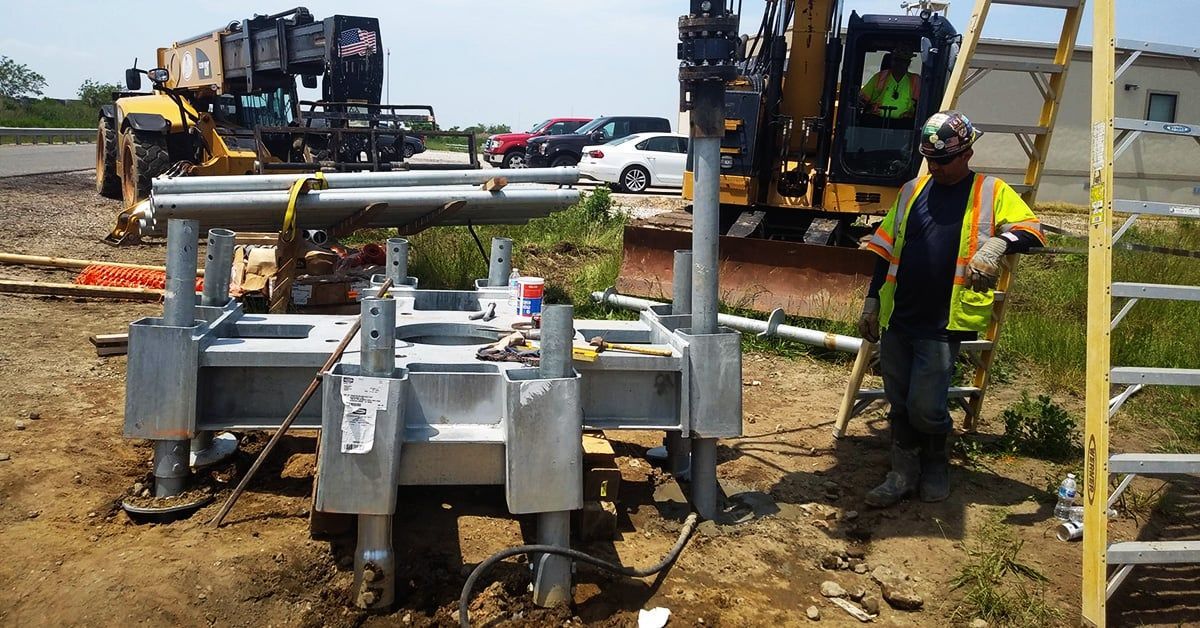


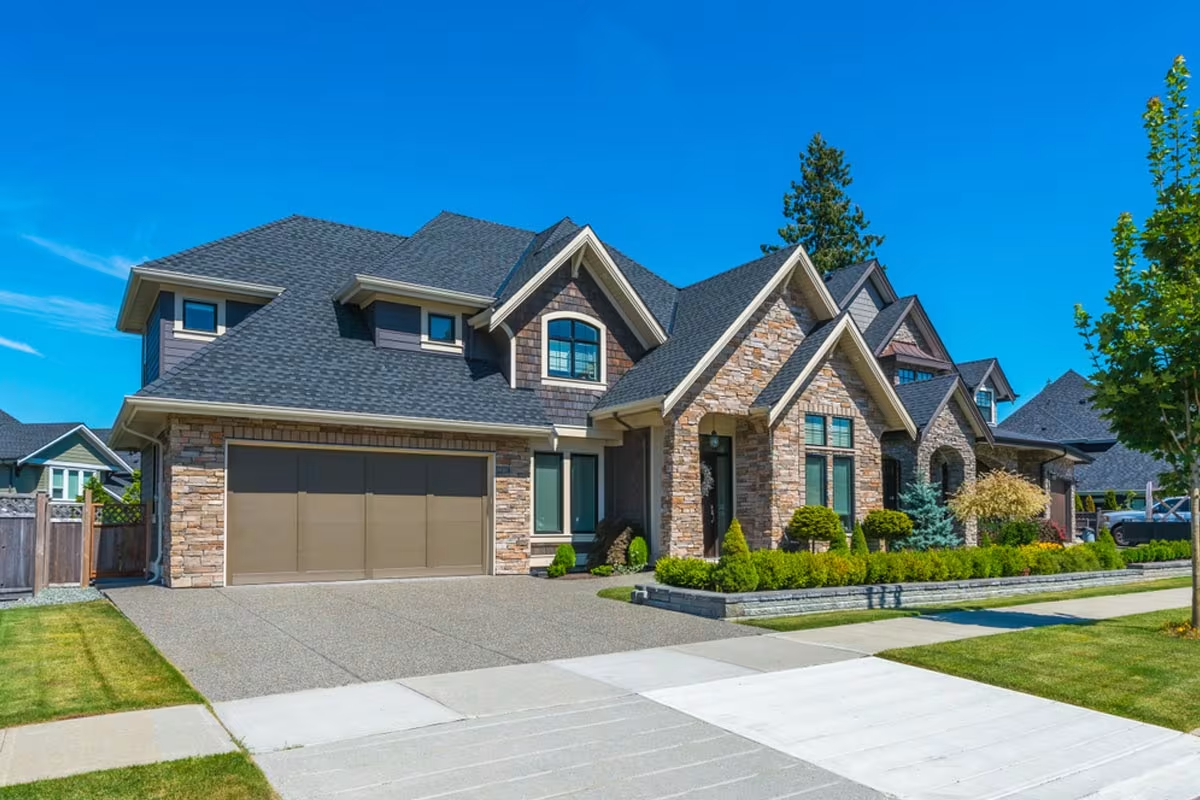


HAVE PEACE OF MIND WITH IWP FOUNDATION REPAIR
With over 30 years of combined experience in the business, you know that you can trust our team to get the job done right the first time. We value the customer experience, which is why we take the time to listen to your concerns, answer all your questions, and explain the best plan of action for your home. If you’ve noticed any foundation issues at all, no matter how minor they seem, you should call a professional. Our expert team is waiting for you, so call today for a free evaluation!
